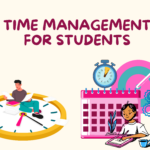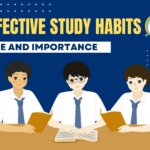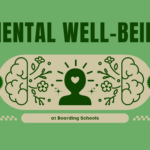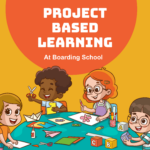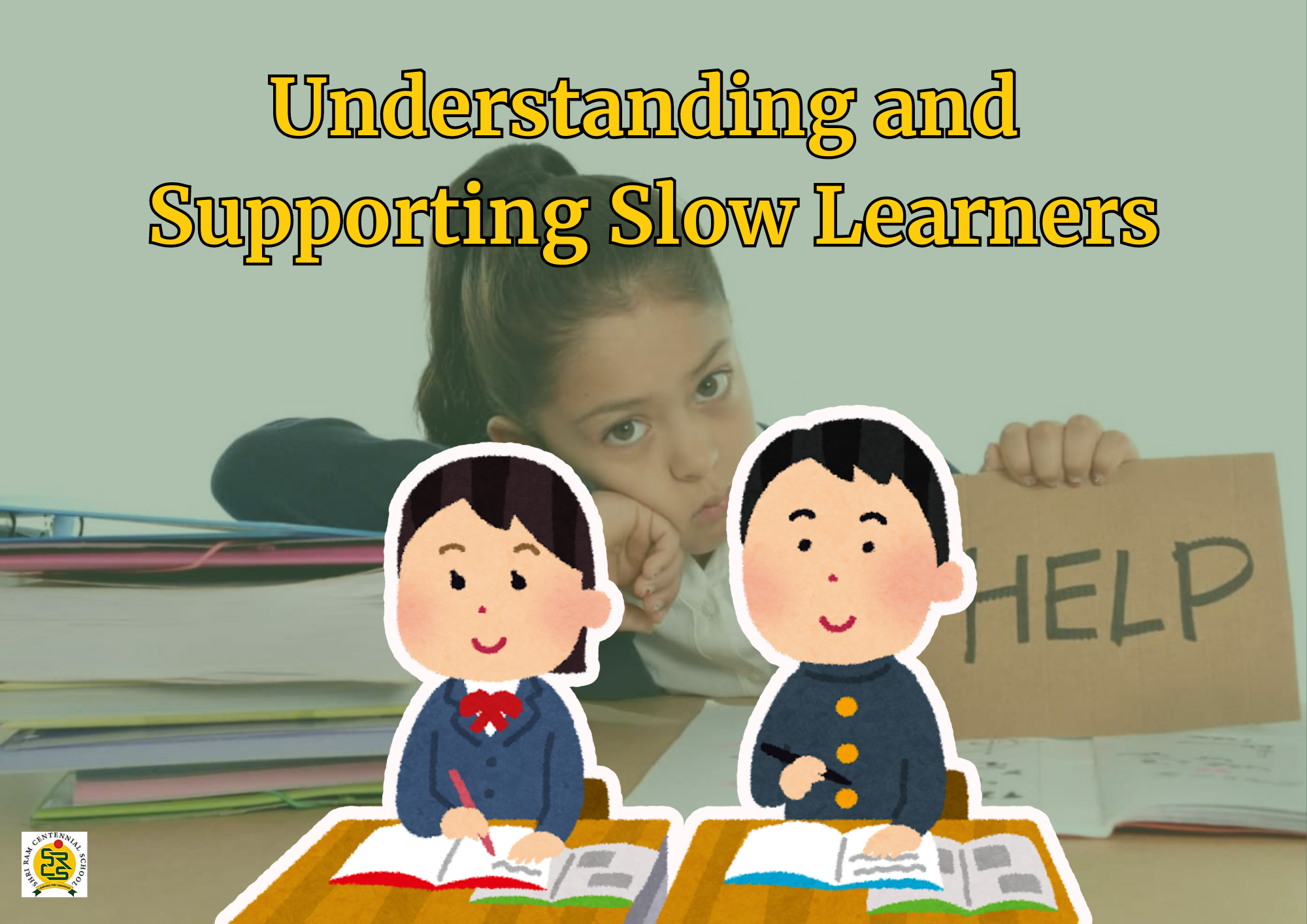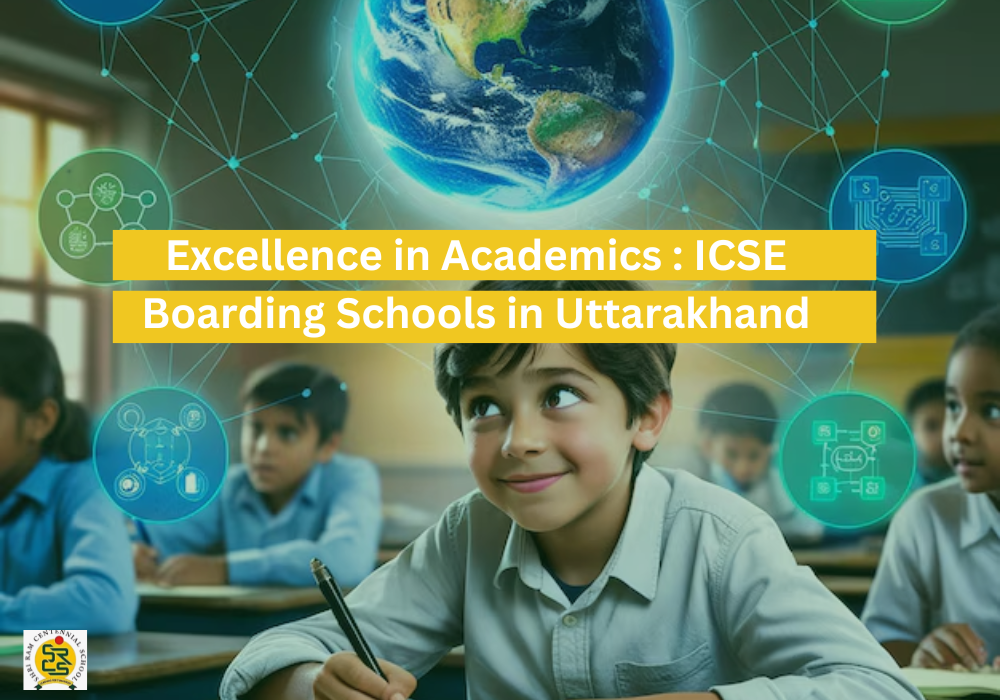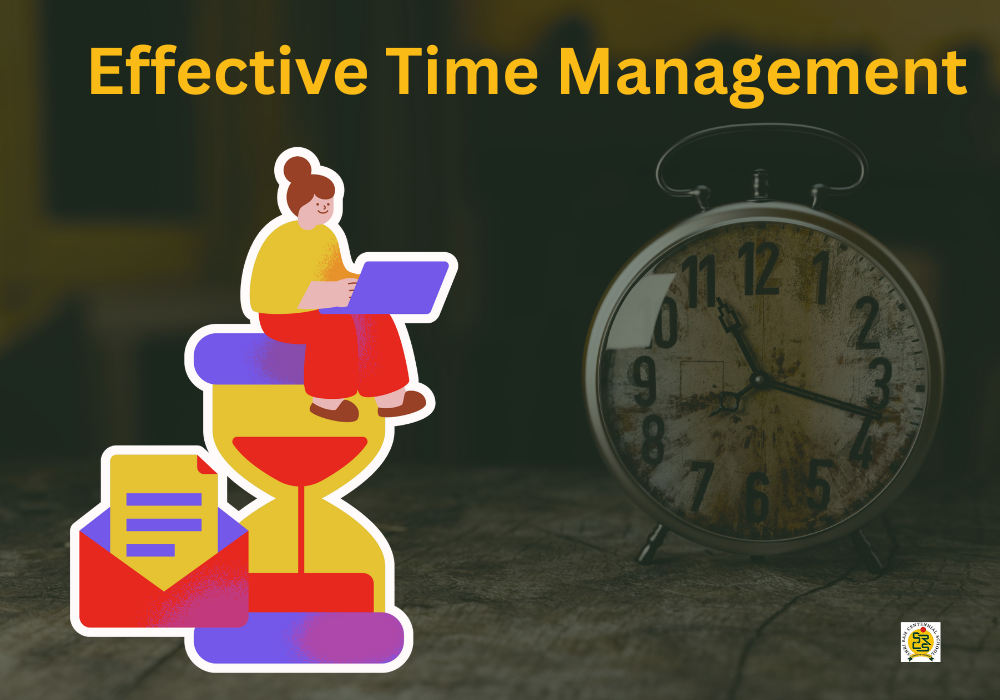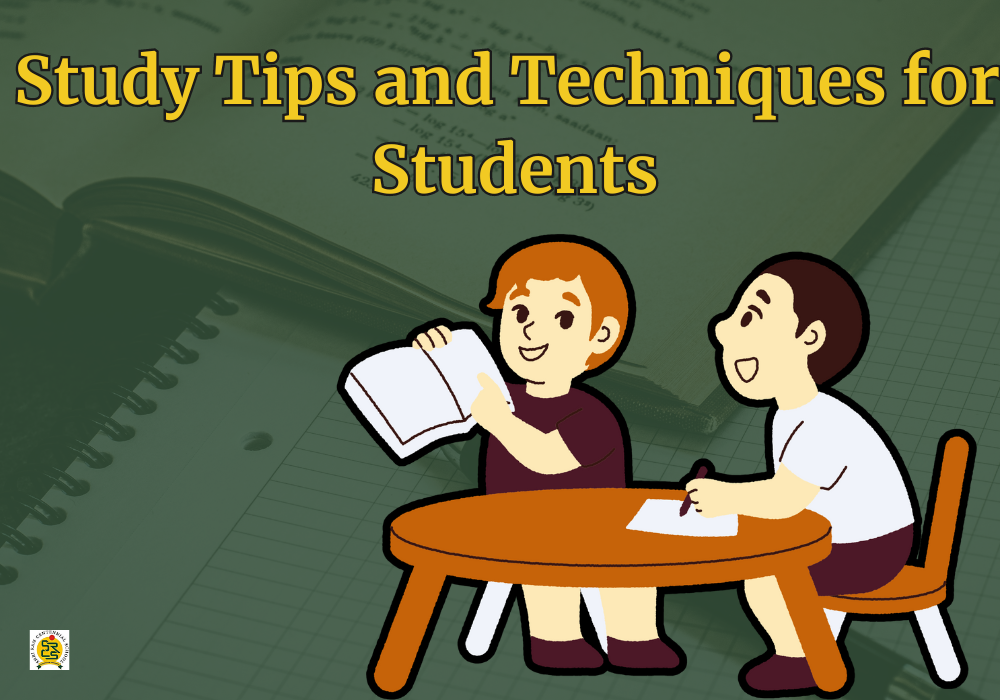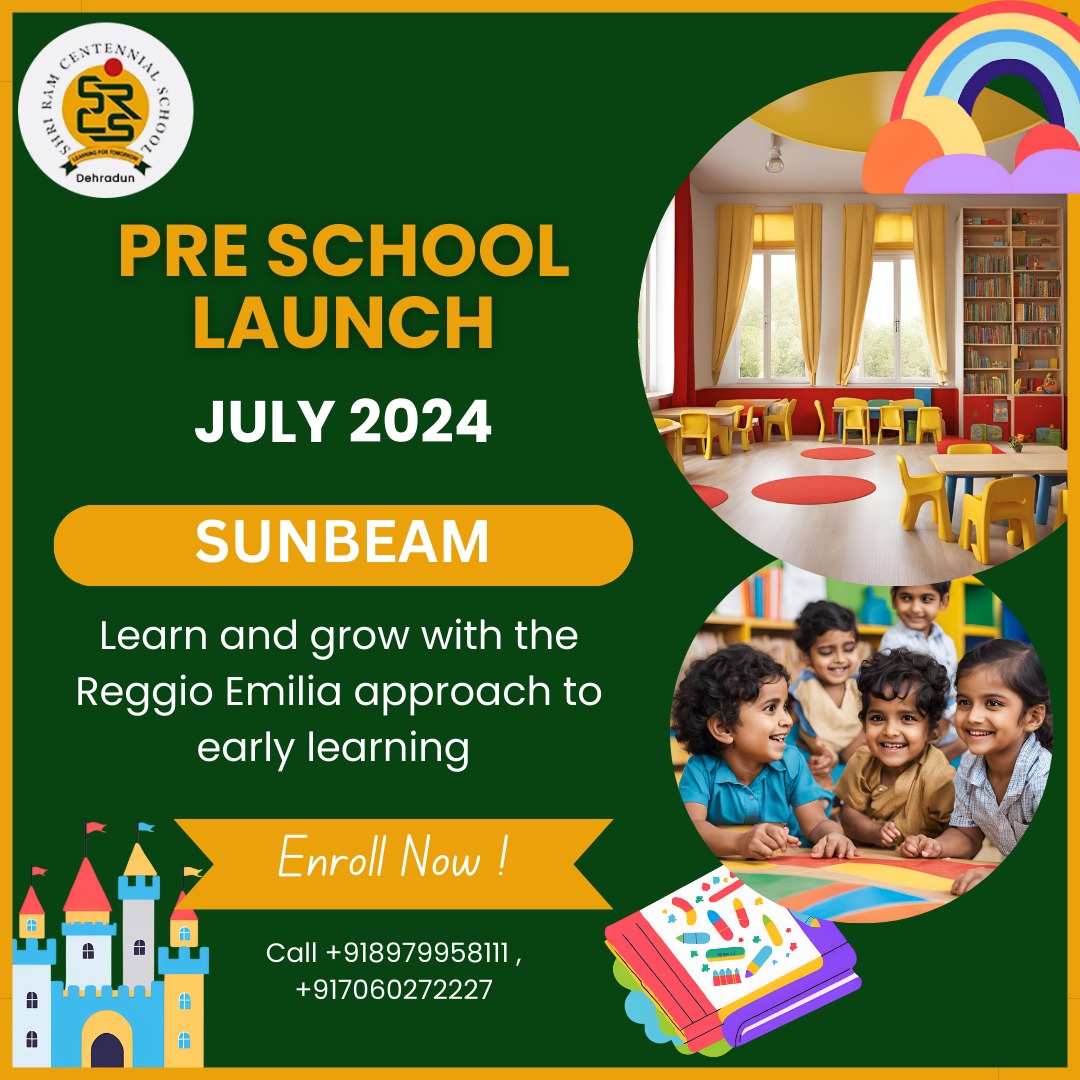Who Are Slow Learners?

Slow learners are students who:
Take Longer to Grasp Concepts and Skills: Unlike their peers, slow learners may need more time to understand and apply new concepts. This does not imply a lack of ability but rather a different learning pace.
Need More Repetition and Practice: Repeated exposure and practice are essential for slow learners to fully grasp and retain information.
Struggle with Memorization and Retention: Remembering and recalling information can be challenging, requiring additional strategies and support.
Have Difficulty with Complex Tasks and Assignments: Slow learners may find complex tasks overwhelming and need simplified steps to achieve success.
Require Extra Support and Accommodations: Additional support tailored to their needs can help slow learners thrive in their educational environment.
Understanding Slow Learners
Understanding them involves recognizing their strengths and challenges and identifying the underlying causes of their learning difficulties. By addressing these causes, we can better support their learning journey.
Common Causes of Learning Difficulties
Learning Disabilities: Conditions such as dyslexia, dyscalculia, or dysgraphia can affect a student’s ability to process information efficiently. Identifying these disabilities is the first step toward providing appropriate interventions.
Cognitive Processing Issues: They may have difficulties with cognitive processes such as attention, memory, or problem-solving, which can impact their ability to learn effectively.
Emotional and Psychological Factors: Stress, anxiety, and low self-esteem can hinder a student’s ability to focus and learn. Addressing these emotional factors is crucial for supporting them
Environmental and Socio-Economic Factors: External factors such as a lack of resources, unstable home environments, or inadequate access to educational materials can also impact learning.
Effective Strategies for Supporting Slow Learners
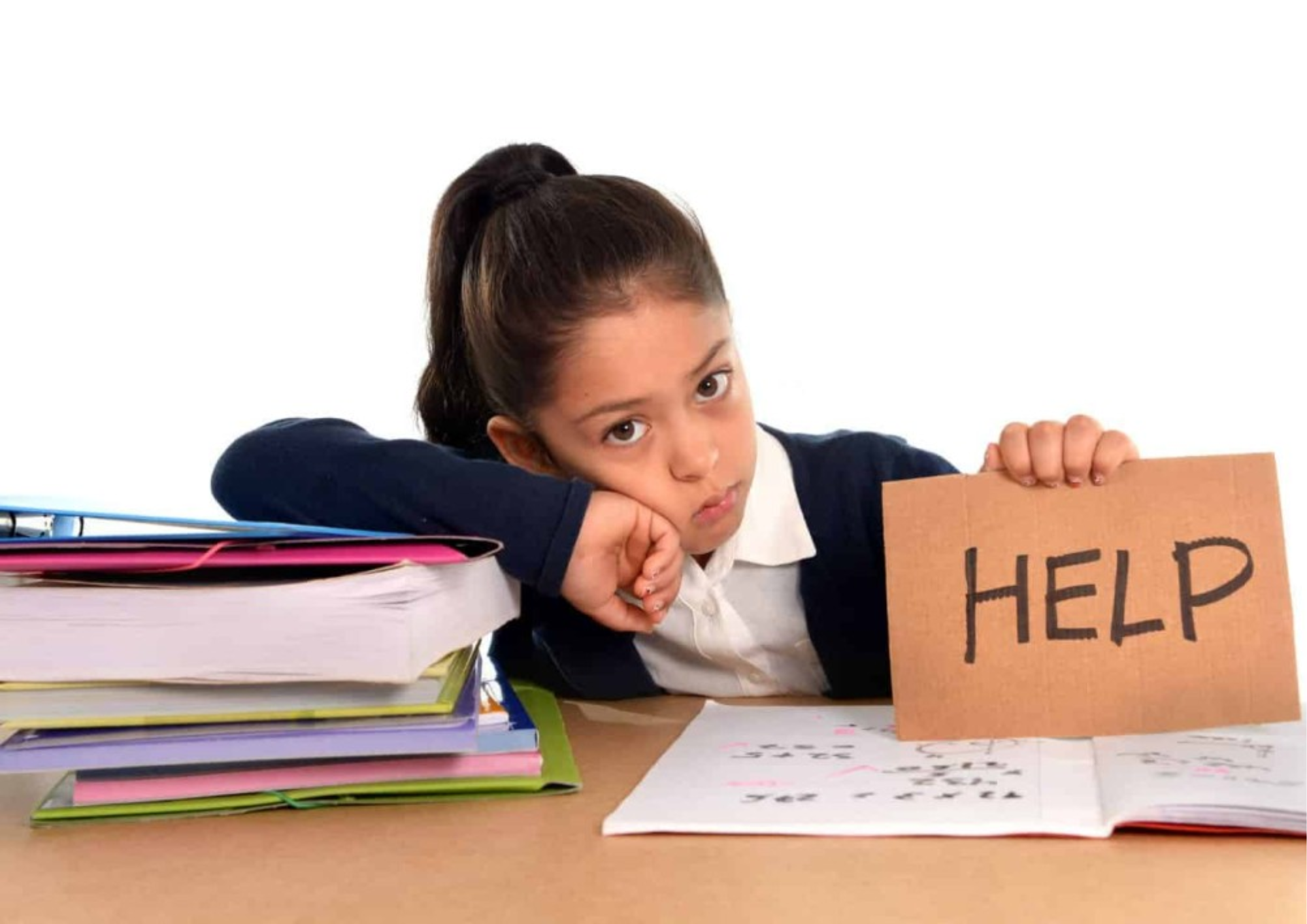
Several strategies can effectively support them and help them achieve academic success:
Personalized Learning Plans
Developing personalized learning plans tailored to the individual needs of slow learners can significantly improve their educational experience. These plans should include specific goals, accommodations, and teaching methods designed to address their unique challenges.
Multisensory Teaching Methods
Multisensory teaching methods engage multiple senses to enhance learning. For instance, combining visual aids, auditory instructions, and hands-on activities can help slow learners better understand and retain information.
Repetition and Practice
Repetition and practice are essential for reinforcing learning. Providing ample opportunities for slow learners to revisit and practice new concepts can help solidify their understanding.
Breakdown of Complex Tasks
Breaking down complex tasks into smaller, manageable steps can make learning more approachable for slow learners. This approach reduces overwhelm and helps students focus on one aspect of a task at a time.
Use of Assistive Technology
Assistive technology, such as text-to-speech programs, educational apps, and interactive software, can support slow learners by providing additional resources and tools to aid their learning process.
Techniques for Teaching Slow Learners
To teach slow learners effectively, consider implementing the following techniques:
Differentiated Instruction
Differentiated instruction involves tailoring teaching methods and materials to accommodate the diverse needs of students. This approach ensures that they receive instruction that aligns with their learning style and pace.
Small Group Instruction
Small group instruction allows for more personalized attention and interaction. Working in smaller groups can help them engage more effectively and receive targeted support.
One-on-One Tutoring
One-on-one tutoring provides individualized support and allows them to focus on specific areas of difficulty. This personalized approach can be highly beneficial in addressing unique learning needs.
Use of Visual Aids and Multimedia
Incorporating visual aids, such as charts, diagrams, and multimedia presentations, can enhance understanding and retention for them by providing multiple representations of the same concept.
Encouragement and Positive Reinforcement
Positive reinforcement and encouragement can boost a slow learner’s confidence and motivation. Recognizing their efforts and celebrating their achievements helps build a positive learning experience.
Conclusion
They require patience, understanding, and support to succeed. By recognizing their strengths and challenges and implementing effective strategies and accommodations, we can help them reach their full potential and achieve academic success. Whether you are a parent or educator, embracing these strategies will foster a more inclusive and supportive learning environment that benefits all students.
Understanding and supporting them not only enhances their educational experience but also contributes to their overall development and well-being. By addressing their unique needs and providing the necessary support, we can ensure that every learner has the opportunity to thrive.

